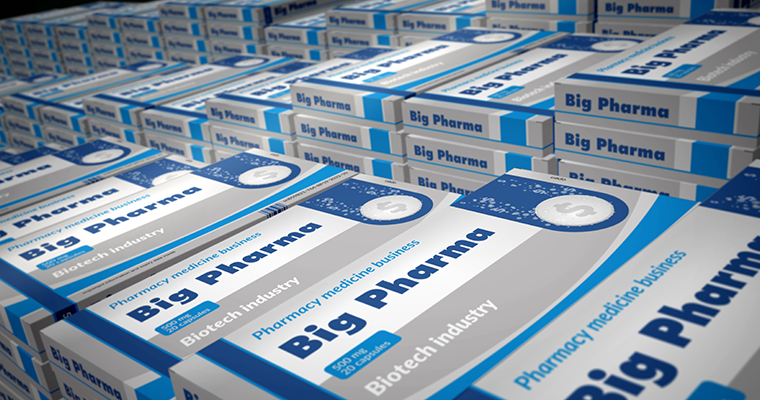
Who’s Paying for Big Pharma?
By Alliant Employee Benefits / August 22, 2023
Bringing a drug to market—and to a plan formulary—can directly or indirectly pass the buck to the consumer.
While drug supply chain players argue over which component directly contributes to the increasing cost of prescription drugs, the truth is drug prices are impacted by several elements. The lack of transparency around financial arrangements directly impacts the pockets of the people who need these lifesaving medications.
Meet the Players
Several players in this complex ecosystem influence drug costs, as a drug makes its way to a person in need.
- Manufacturers set the price point for drugs, based on their own criteria, which may include research and development costs, but also take into account uniqueness, effectiveness, and competitors’ pricing for similar drugs.
- Wholesalers have leverage to negotiate the purchase price from manufacturers and have room to mark up the price that pharmacies will pay.
- Pharmacy Benefit Managers determine which drugs are covered by a plan and negotiate pricing with insurers and pharmacies. The intent is to ensure members enrolled in a prescription drug program receive affordable therapies, but PBMs don’t always pass along the savings.
- Insurers guide plan participants toward the pre-negotiated drug formulary recommended by their PBM, but ultimately set the out-of-pocket coinsurance and copays for prescription drugs.
- The U.S. Government even plays a role through the absence of regulation on pharmaceutical industry drug prices.
Consumer affordability versus supply chain profit
As each supply chain link keeps some profit along the way, the gap between access and affordability grows. From higher costs for lifesaving therapies, to adverse health outcomes due to members rationing or skipping expensive medications, the vicious cycle continues for every new drug that comes to market. Lacking individual control, consumers look to their employers to help keep necessary drugs within budget.
Did You Know?
In 2023, over 1.9 million people will be diagnosed with some form of cancer. For just one cancer therapy drug, a cancer patient will pay $12,000 a year out-of-pocket for that lifesaving medication.1
What can employers do to protect their people?
Employers have a significant role in ensuring members enrolled in their prescription plans have cost-saving opportunities, amid a very complex system.
Educate Your Employees
Education is free, for the most part, and will not only reduce costs, but engage employees more effectively with their benefits packages. From preferred pharmacies to generic alternatives, mail-order services, and other cost-saving options, every communication regarding their drug costs should be framed in the context of the benefit to the employee.
Manage Your PBM Relationships
Because these organizations negotiate with pharmacies, drug companies, and insurers, they can secure the rebates for specific drugs and keep costs low for their clients. Transparency is the number one issue with PBMs, so retaining the right to renegotiate your contract at any time is paramount.
Work With an Experienced Pharmacy Broker
They can help keep your PBM on their toes and ensure you and your employees get the savings they promise to pass on. Actively managing this relationship is a full-time job. A trusted employee benefits consultant acts in your best interest and isn’t afraid to push back against your PBM for the pricing that meets the needs of your organization.
These strategies can mean the difference between cost-cutting opportunities and putting the increasingly high costs of the drug supply chain on the backs of consumers.
1American Cancer Society – ACS Journals: A Cancer Journal for Clinicians/Volume 73, Issue 1. Cancer Statistics, 2023.
Disclaimer: This document is designed to provide general information and guidance. This document is provided on an “as is” basis without any warranty of any kind. Alliant Insurance Services disclaims any liability for any loss or damage from reliance on this document.
Related News & Resources




